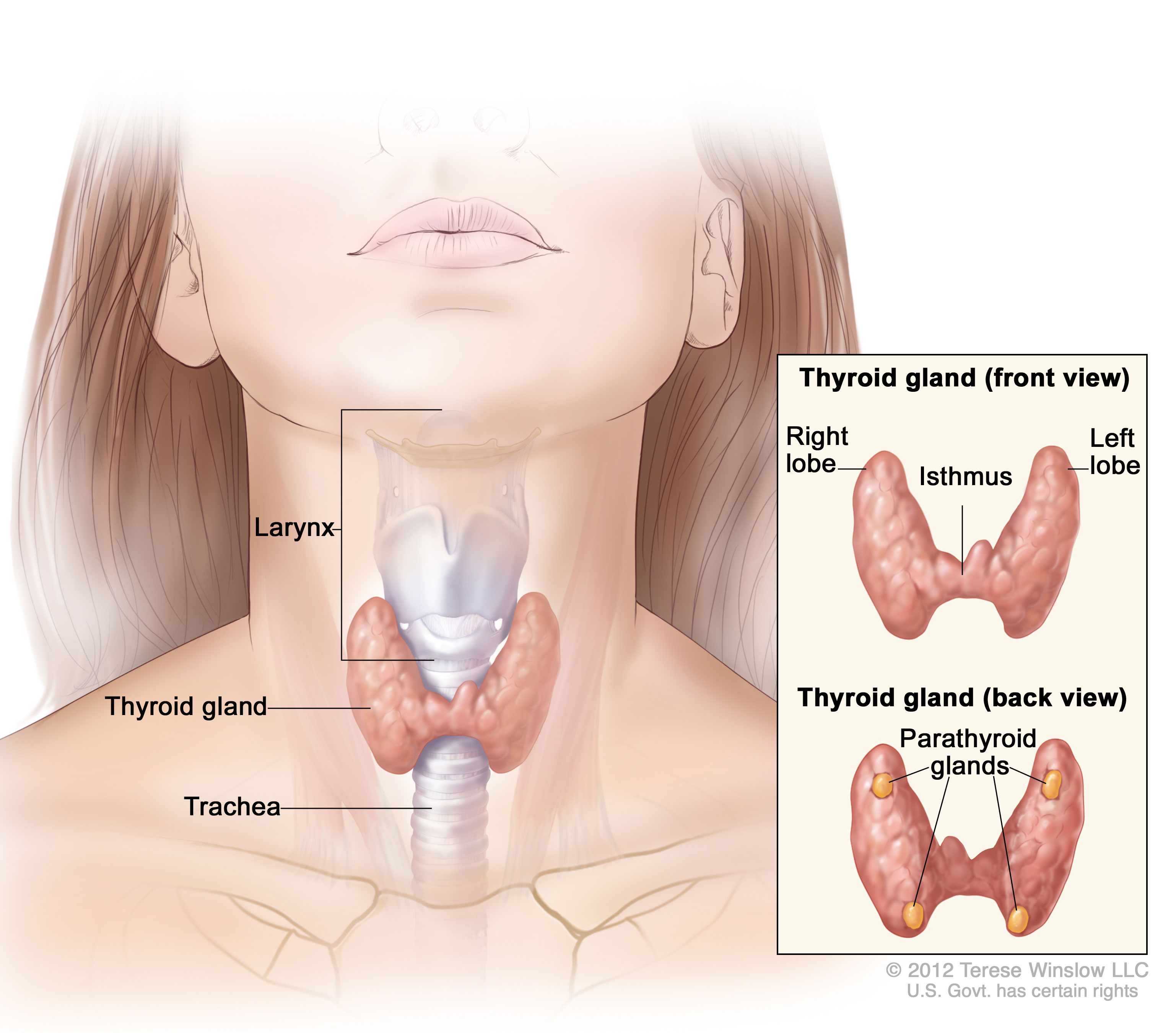The function of thyroid gland is to produce mono-, di-, tri-, and tetra-iodothyronine, the last of these commonly known as thyroxine, is the most important and active hormone of the thyroid gland.
The cells of the thyroid gland, perhaps through the process of active transport mechanism, absorb the inorganic iodide from the blood and oxidize it to iodine (I2)—prohably enzymatically.
ADVERTISEMENTS:
This is followed by an iodination of the thyronine, an amino acid derived from tyrosine or thyroglobulin, again presumably by enzyme action, although the precise steps are unknown.
This biosynthesis leads to the formation of a series of mono-, di-, tri- and tetra-iodothyronine. Two molecules of diiodothyronine condense to form tetra-iodothyronine.
To some degree one molecule of monoiodothyronine condenses with one molecule of diiodothyronine to form triiodothyronine.
Tetraiodothyro- nine or thyroxine and smaller amounts of the other iodothyronines, liberated in the lumen of follicle from the glandular thyroid cells are stored as the glycoprotein thyroglobulin of molecular weight of about 675,000.
ADVERTISEMENTS:
It is characterized by containing 0.5 to 1% of iodine by weight. Kendlla showed that thyroglobulin consists of a protein globulin and a simple unit called thyroxine, which contains 65% of iodine by weight.
When required by the body these mono-, di-, tri- and tetra iodothyronines are released by action of a protease from the thyroglobulin and secreted into blood, where they combine with the plasma proteins in a loose union so that they may be transported to the tissues of the body.
The mono-, di-, and triiodothyronines are bound less strongly to the plasma protein than the tetraiodothyronine, therefore, they are present in low concentration.
The whole process of synthesis and release is stimulated by TSH (thyroid stimulating hormone) from the anterior lobe or adenohypophysis of pituitary.
ADVERTISEMENTS:
In the absence of this hormone, the thyroid ceases its secretory activity and undergoes atrophy.
Recently it has been found that the thyroid gland also produces thyrocalcitonin, an hormone whose action probably is to decrease blood calcium concentrations—an action antagonistic to that of parathyroid hormone.

